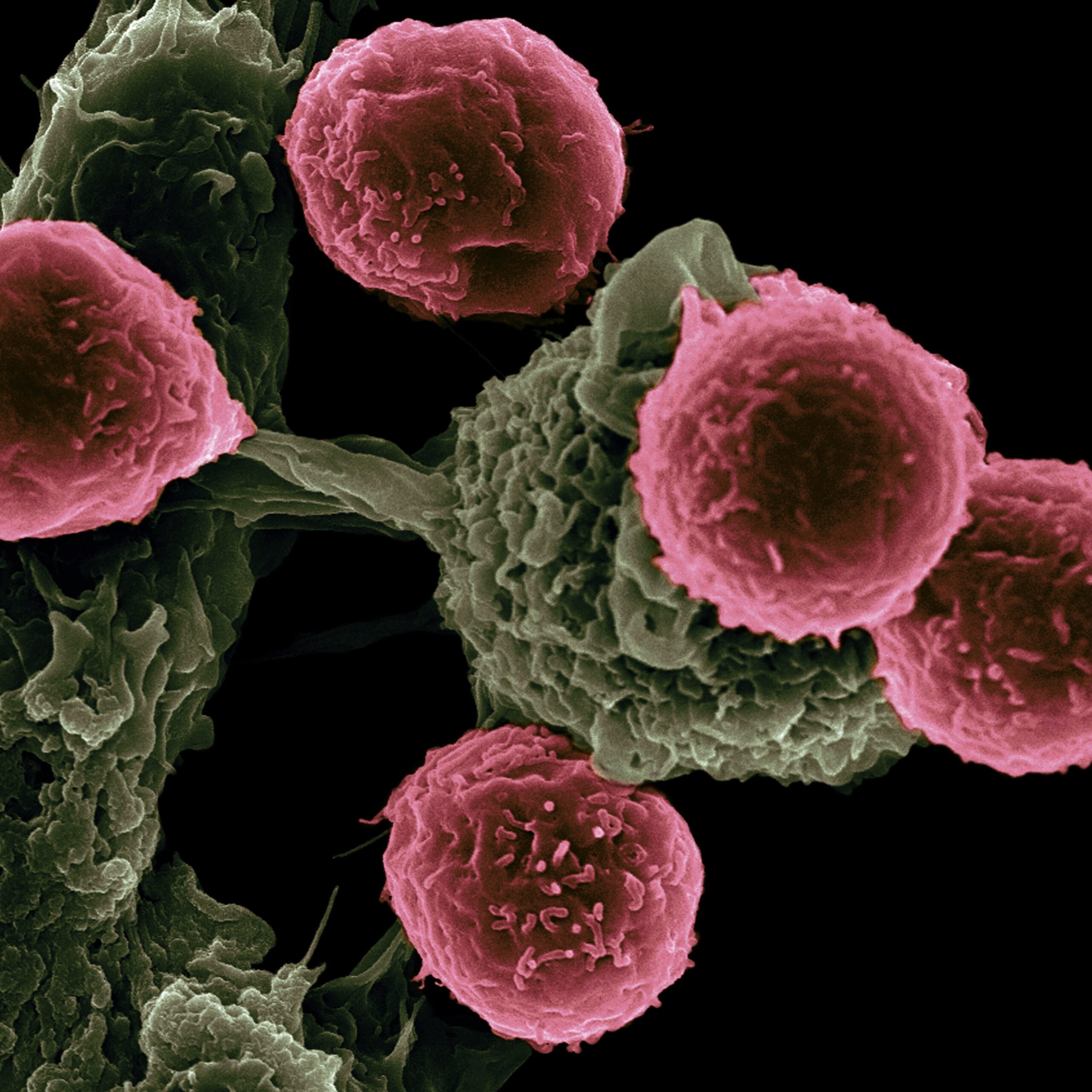
Cancer is a leading cause of death worldwide.
Scientists and researchers in the medical field have been investing significant efforts into developing a cure for the deadly disease of cancer, which results in millions of fatalities each year. A collaborative research team comprising experts from Rice University, Texas A&M University, and the University of Texas has made a groundbreaking discovery. They have identified a method to eliminate cancer cells by harnessing the unique property of certain molecules to exhibit intense vibrations when exposed to light stimulation.
As per a release, the researchers found that the atoms of a small dye molecule used for medical imaging can vibrate in unison, forming what is known as a plasmon, when stimulated by near-infrared light, causing the cell membrane of cancerous cells to rupture. According to the study published in Nature Chemistry, the method had a 99 percent efficiency against lab cultures of human melanoma cells, and half of the mice with melanoma tumors became cancer-free after treatment.
“It is a whole new generation of molecular machines that we call molecular jackhammers,” said Rice chemist James Tour, whose lab has previously used nanoscale compounds endowed with a light-activated paddlelike chain of atoms that spins continually in the same direction to drill through the outer membrane of infectious bacteria, cancer cells, and treatment-resistant fungi.
In contrast to nanoscale drills inspired by the molecular motors of Nobel laureate Bernard Feringa, molecular jackhammers utilize a completely novel and unprecedented mechanism of action.
“They are more than one million times faster in their mechanical motion than the former Feringa-type motors, and they can be activated with near-infrared light rather than visible light,” Mr Tour said.
Near-infrared light can penetrate far deeper into the body than visible light, accessing organs or bones without damaging tissue.
“Near-infrared light can go as deep as 10 centimeters into the human body as opposed to only half a centimeter, the depth of penetration for visible light, which we used to activate the nanodrills,” said Mr Tour, Rice’s T T and W F Chao Professor of Chemistry and a professor of materials science and nanoengineering. “It is a huge advance.”




